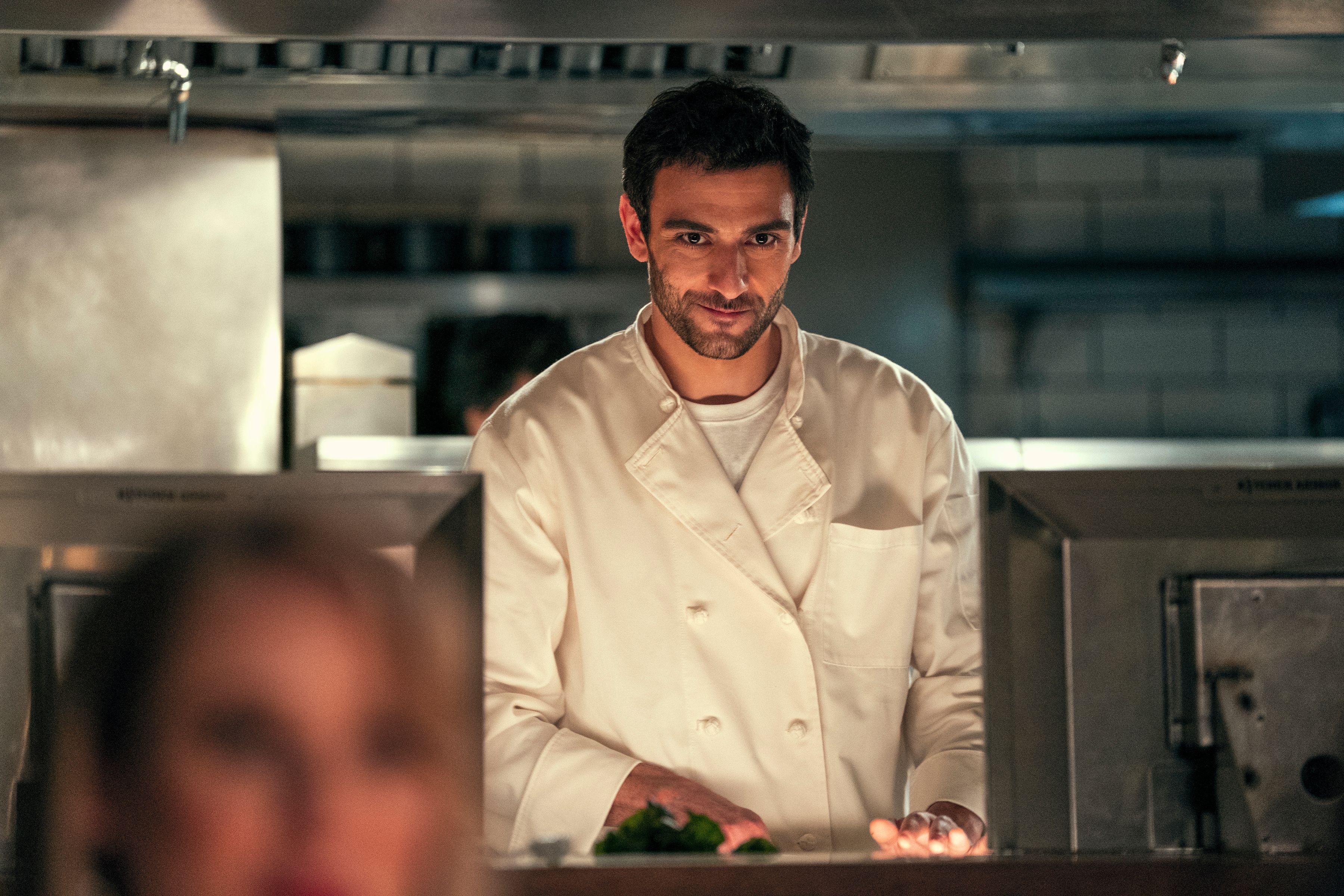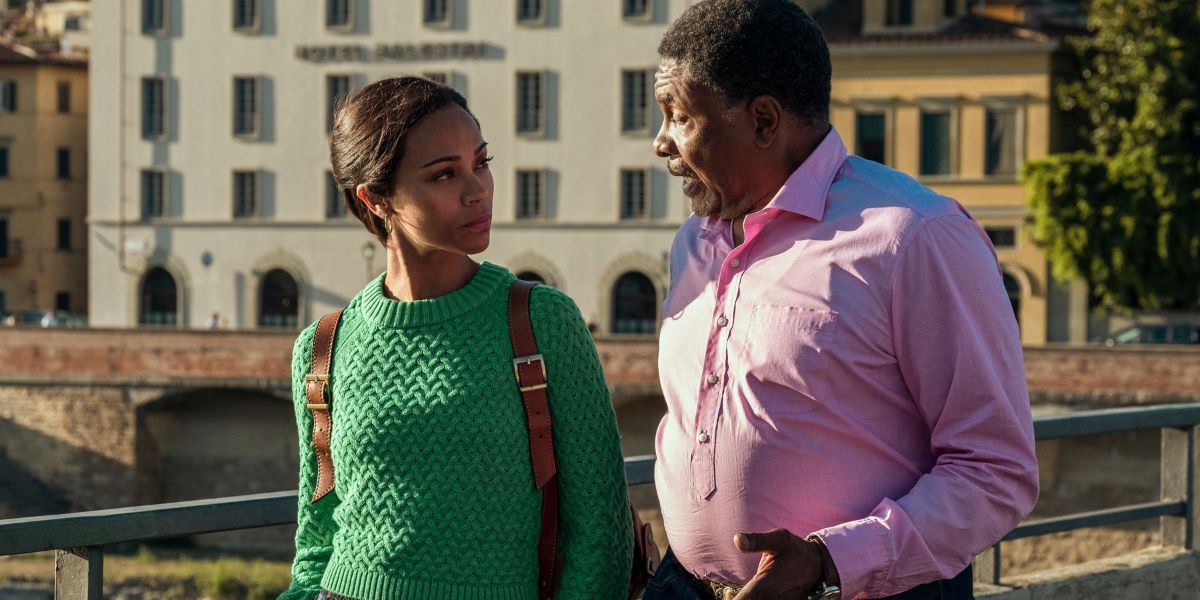Editor's Note: The following contains spoilers for the Netflix series, From Scratch.
A love story, especially one that does not promise a happy ending, is a lot of things. It’s a bumpy roller-coaster for all the sappy romantics out there. A thought-provoking experience for those wary of love. A heart-wrenching, much-sought-after ride for the small-screen enthusiast. And a memorable experience to draw invaluable lessons from for just about anyone!
The Netflix series From Scratch, based on the memoir From Scratch: A Memoir of Love, Sicily, and Finding Home by Tembi Locke, packs all of the above expectations and more, making for one heck of a holiday watch.
The series follows Amahle “Amy” Wheeler (Zoe Saldaña) as she decides to take some time off from law school and study art in Florence. But, of course, art opens doors to many opportunities, including that of a lover, and that’s where things take a turn for the unpredictable, changing the course of Amy Wheeler’s life forever.
How Faithful Is the Transition From Page to the Streaming Screen?
When it comes to adaptations, book loyalists, not unreasonably, expect the transfer from the page to the screen as authentic as possible. In most cases, however, a seamless transition is not only implausible but also inadvisable. Given the disparate nature of the two mediums, what works for the author may not always work for the show-maker, especially when the two hold different visions for the outcome of their endeavors.
As From Scratch is essentially a memoir, the Netflix take on Tembi Locke’s book couldn’t possibly make too many changes. Still, the series is not an exact replica of the book, and the show makers play around with the parameters of the original source quite a bit to make the transition as interesting as possible.
Characters' Names Were Changed From Memoir
For one, most of the characters’ names have been changed in the series — perhaps because the author wanted the story to be bigger than herself. Tembi, the character at the heart of the story, is known as Amy in the series, while Saro, the handsome chef with a penchant for funny shoes and wild goats, is called Lino (Eugenio Mastrandrea). The child they adopt is named Zoela in the book. In the Netflix series, she is known as Idalia.
The memoir is stretched across three summers. The summer in which Amy visits Sicily with her daughter four months after Lino’s death makes for one of the most poignant plotlines in the book. During her visit to Sicily, Amy develops a bond with her mother-in-law (Lucia Sardo) whose husband had left the world even before Lino. In the memoir, Tembi’s mother-in-law is known as Nonna. In the Netflix series, she is called Filomena. While this particular plot line is as authentic to the book as possible, some changes have been made to make the transition more interesting for those who have read the memoir.
Another major difference between the Netflix series and Tembi’s memoir is that in the book, the couple decides to go to Sicily when Lino’s sister has a child. In the Netflix adaptation, the two sacrifice their dream-like honeymoon destination to visit Aliminusa, where they hope to see Lino’s sister and mother.
In-Law Connections
There is a scene in the Netflix show where Filomena shows Amy the clothes she would like to leave the world in. While this overwhelming episode has been drawn from the memoir, in the original source, it doesn’t take place until the second summer titled, "The Priest — Terra Vostra." The fact that the show makers decided to include this early on could mean two things: Either that they wanted to encapsulate as much of the memoir in the series as possible or that they plan on leaving some possibility for a Season 2.
One of the most heartwarming scenes in the Netflix series is the one that takes place in the beautiful countryside olive fields. The family decides to honor Lino’s memory by cooking a meal from his recipe and having it in the olive fields. In the book, Amy gathers beans from Lino’s garden and asks Filomena how to cook them for dinner. This, too, is done in Lino’s memory as the handsome chef had a thing for nature and its many wonders.
Overall, both the series and the book celebrate the beauty of life, love, and the bonds that tie us together.




